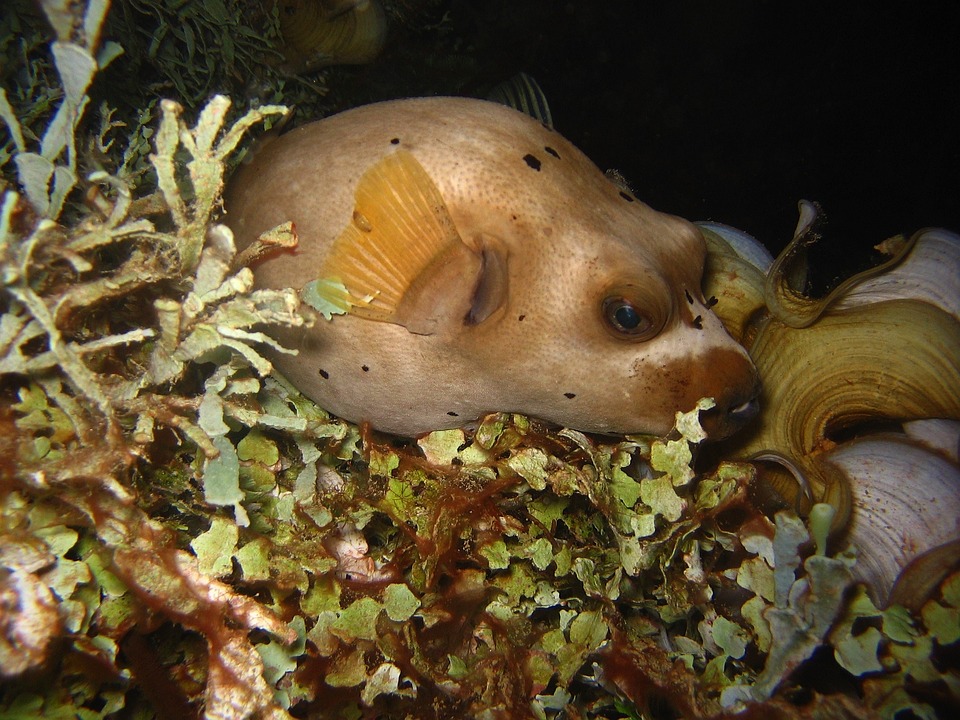Fish behavior is a fascinating subject that has captivated the attention of scientists and hobbyists for years. By understanding how fish respond to various stimuli, particularly visual signals, we can create a suitable and enriching environment in a tank. In this article, we will explore the different aspects of fish behavior and shed light on how they react to visual cues.
Visual signals play a crucial role in fish behavior, serving as a primary mode of interaction. Fish use visual communication to convey information about their intentions, establish territory, and attract mates. By observing the body language and coloration of other fish, they can decipher important social cues and respond accordingly.
One area where visual signals are particularly vital is in reproduction. Fish often display vibrant colors and intricate patterns during courtship rituals to attract potential mates. These visual displays play a significant role in sexual selection and mate choice.
Visual cues also play a role in predatory and prey behavior. Predatory fish often rely on visual cues, such as the movement or coloration of their prey, to detect and capture their food. Similarly, prey fish use visual signals to identify potential threats and escape from predators.
Several factors can affect a fish’s response to visual signals. One crucial factor is species-specific differences in visual perception. Different fish species have varying abilities to perceive colors and patterns. While most fish have dichromatic vision, perceiving colors on the blue and green spectrum, some species, like cichlids, have trichromatic vision and can also see reds.
Environmental factors, such as light and water quality, also influence how fish respond to visual signals. Fish that inhabit different water environments, such as clear or murky waters, may have adapted their visual perception accordingly. Additionally, the presence or absence of light can affect a fish’s ability to perceive and respond to visual cues.
Color and pattern are significant components of visual signals. Different colors can elicit various responses in fish. For example, red may stimulate aggression in certain species, while blue or green may have a calming effect. Fish owners must consider the natural habitat and behavior of their fish species when choosing tank decorations and visual stimuli.
Creating enriching visual stimuli in a fish tank is essential for promoting natural behavior and reducing stress. Tank décor and backgrounds can help create a more stimulating environment for fish. Adding live plants and hiding spots not only enhances the aesthetics of the tank but also stimulates natural behaviors such as exploring and seeking shelter.
The use of artificial visual stimuli, such as toys and mirrors, can also provide additional enrichment. Mirrors, when used sparingly, can elicit territorial and aggressive behaviors in certain species. However, prolonged exposure to mirrors can cause stress and confusion, so it’s crucial to use them judiciously and monitor the fish’s response.
In conclusion, understanding fish behavior and their response to visual signals is key to creating a healthy and stimulating tank environment. By considering species-specific needs and providing appropriate visual stimuli, fish owners can promote natural behavior, reduce stress, and enhance the overall well-being of their aquatic companions.









